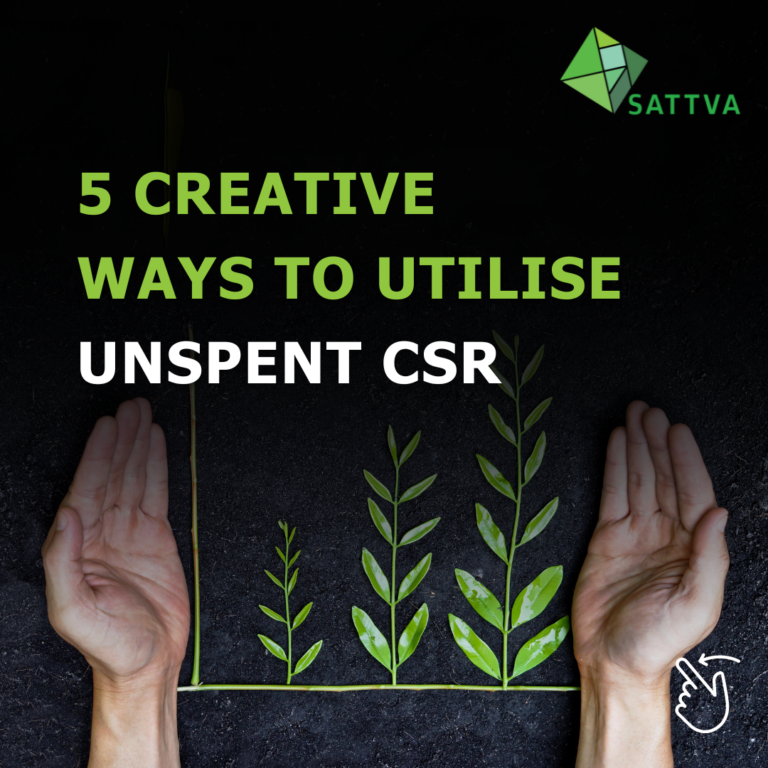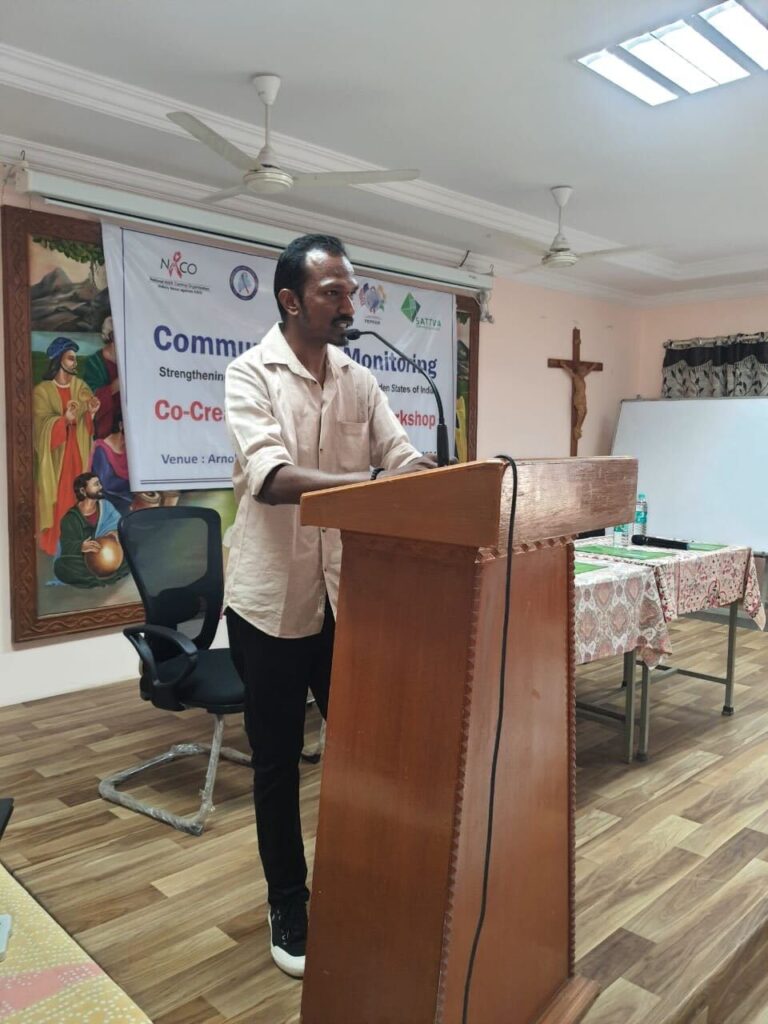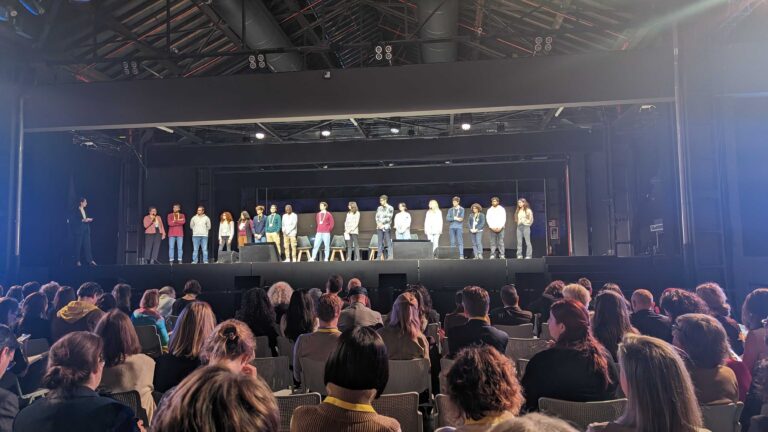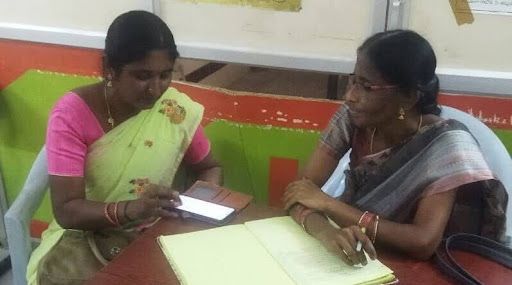Building platform solutions for Impact: What is your verb?
– by Rathish Balakrishnan
My colleagues and I have been working with a few incredible social entrepreneurs as part of our work at Sattva focused on enabling non-profits and as a guide in Project Aspire, a global initiative of Ashoka and Societal Platforms. A large part of our role is to ask the right questions to translate the understanding of the need, the ambition and capabilities of the entrepreneurs into a feasible, viable and scalable platform.
A few weeks ago, my colleague Abhishek Modi, asked a question to few entrepreneurs that I felt hit at the core of what it takes to design platforms: What is your verb? We have been analysing existing platforms that have scaled in the mainstream and a striking feature is that the core interaction (what you do 90% of the time in the platform) is often one verb – Think Amazon (Buy), YouTube (Watch), Quora (Ask), Ola / Uber (Book cab), Urban company (Commission service). That is not a coincidence. The most successful platforms took an existing behaviour of ours and made it infinitely simpler or more effective.
The question for us was – Does that apply to Societal platforms as well? Can we design platforms around the most common verbs that we want to enhance.
Can we create societal platforms around Cook, Teach, Read, Train, Find jobs, Send money, Seek help, Diagnose, Insure, Rebuild? Can these platforms make each of these actions more effective at population scale and facilitate organisations, businesses and governments to deliver impact?
We definitely expected resistance. Solutions in the social impact space often involve working with all stakeholders in the ecosystem. Issues are interconnected and cannot be helped by working on one aspect of the problem. So, our Theory of change includes working with diverse stakeholders through multiple inputs, all of which ties into the intended impact. So a model where will focus on one action often seems reductive. While there is truth in it, here are some considerations –
Focus on one thing, at population scale
Taking a verb-based approach forces you identify an existing action than introducing a new set of actions that they don’t do today. Staying true to that principle and focus creates a higher chance for your solution to scale. For instance, if you want to improve nutrition, can you focus on “cooking” as a verb and find ways to make everyday meal preparation in homes better? It might not solve all problems of nutrition but is something that is potentially done by every mother and when done at scale can have significant impact on the population.
Identify value creators
As a platform, your core focus is to bring together a wide range of stakeholders (E.g. Sellers, Content creators, Drivers in previous examples) to create value than creating all the value yourself. Identifying the right action automatically helps you discover stakeholders who can offer value. If your action is help to teachers “teach” better, everyone who has developed effective resources for teachers is a value creator.
Do one thing well, for everyone
A key feature of existing solutions that have focused on one action are that they are inherently pluggable into many initiatives. We, at Sattva, have partnered with HaqDarshak which focuses on one verb – deliver entitlements. Solutions like Buddy4Study (get scholarships), Pratham Story Weaver (read books) can be fitted into any education program. I was part of three conversations this month where domestic and international organisations wanted to host their content on the Diksha Platform (teach). These organisations have enhanced one action in a scalable way so that all of us don’t have to repeat the same thing again.
Shift away from a beneficiary lens
During our conversations with entrepreneurs, the first set of verbs we heard were passive verbs – Receive benefits, Get information. This was in contrast to the verbs we used for ourselves – We ask, order, commission, demand. Focusing on the verbs we used forced us to shift from the beneficiary lens and see them as customers who are entitled to value.
Unlock Network effects through power of data
A common refrain for such an approach will be its eventual long-term impact on systems change? Interestingly, organisations that have taken a technology-led approach to do one action such as Childline India Foundation (Seek help as a child), ARMMAN (get maternal health advice) have been able to build significant amount of data that then becomes a strong tool for them to drive government action and focused interventions. The more these solutions scale, the sharper their insights and greater the systems impact.
All of this is not to say that every impact solution should be designed as a platform (just as not all software we use is a platform). And not all organisations that I have highlighted above have taken a fully platform-based approach. Platforms work for specific use cases that identify an interaction happening at population scale that can digitally enabled to be more effective. The promise that they hold is that they can enhance the effectiveness of all the programs by making that one action more effective.
So, if you are an entrepreneur or an organisation looking to build a platform-based approach to solve a problem, I would leave you with these four questions:
– What is the verb / action that you want to improve?
– Can you imagine improving that one action at population scale?
– Can you imagine how technology can help you achieve that improvement?
– Are you willing to be a value intermediary that enables other organisations to deliver the value than just be the one delivering the value?
While the first questions require intellectual rigour, the last one requires us to be reflective – Are we willing to shift from the notion that we will, as an organisation, single handedly solve a problem that has been around for centuries. But see ourselves as someone who will be part of a larger solution enabling others to succeed? That perhaps is the biggest shift in applying platform thinking to social impact.
——————————————————————-
Rathish Balakrishnan is the Co-founder and Managing Partner at Sattva. Rathish has extensive experience in conceptualising and implementing strategic large-scale solutions in social impact sector. He has contributed significantly at governmental policy level in education and skill development. Rathish has also spent a decade working at SAP across their engineering, product management and corporate strategy divisions. He is a graduate from BITS Pilani.
This piece was originally published on LinkedIn.
Sattva has been working with various nonprofits and social organisations as well as corporate clients to help them define their social impact goals. Our focus is to solve critical problems and find scalable solutions. We assist organisations in formulating their long-term social impact strategy by strategically aligning with business to provide meaningful solutions to social issues.
● Talk to us: impact@sattva.co.in




